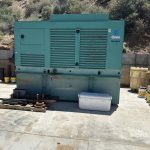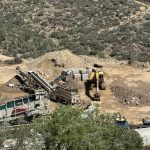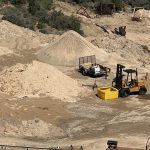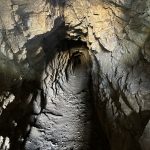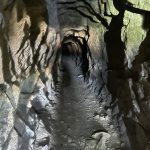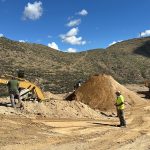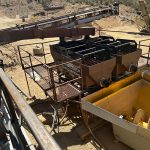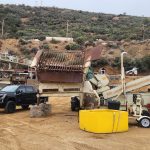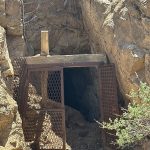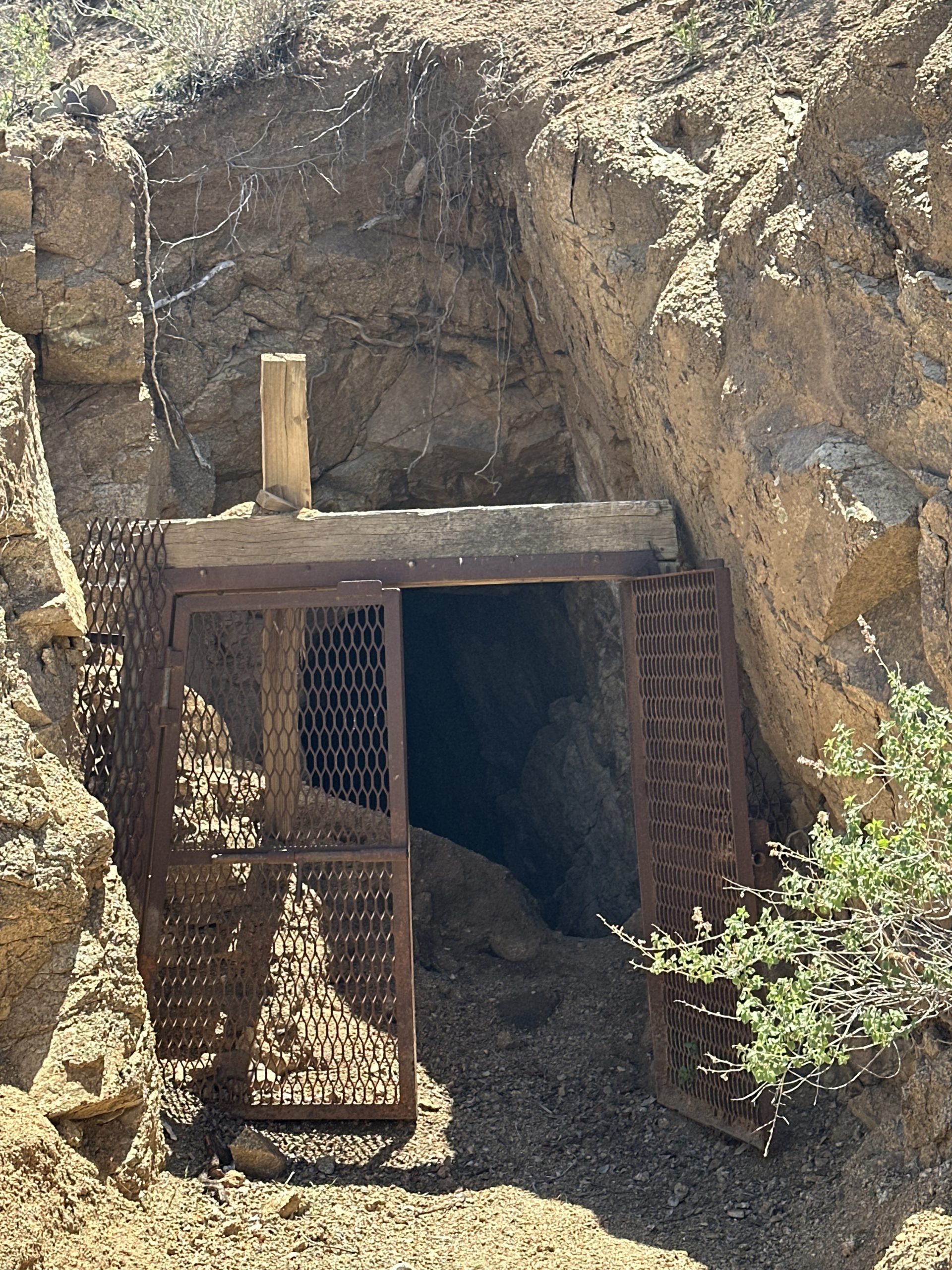
Discover Our Mine
At the Arizona Mining Collective, we aim to empower investors by providing unmatched insights and opportunities in gold mining.
The Mines Workflow Process
Streamlined Steps for Your Success
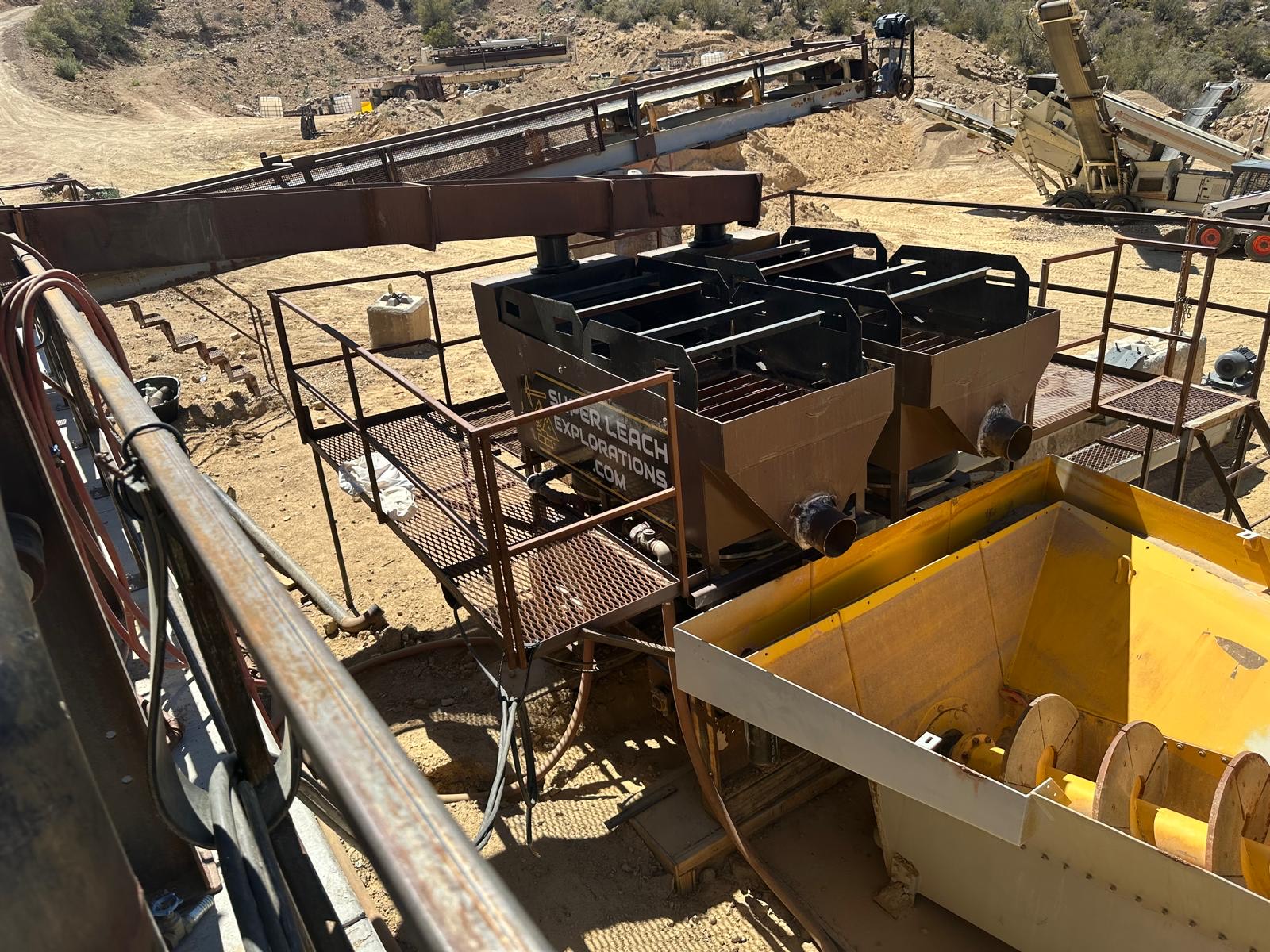
YARNELL MINE HISTORY AND SALE TO DATE 2025
In 1886 John Yarnell found a precious metal mineral outcropping on the surface that
was composed of a flooded fault with a down dip of 50 degrees through the Yarnell Hill
Property. Adjacent to the fault was a quartz vein that displayed visible gold. A small
mining operation was begun and a stamp mill was built on the property. Adit’s were
used to intersect both flooded fault and high grade quartz veins as they followed them
through the structure and ore was removed for recovery. The mine was operated
continuously until 1942 when it was closed, as were all precious metal mines, for the
war measures act and miners were sent to work in industrial metal mines for materials
related to machinery and ammunition for the war. In its original lifetime 180,000 tons of
high grade ore were processed and 100,000 ounces of gold production were recorded.
This average was over ½ ounce per ton.
Small mining efforts were tried over the next years until Bema Gold Corp. purchased the
mine in the 1990s and a drilling program was initiated to identify the volume and grade
of gold in the mountain. Bema was purchased by Kinross in 2006. After evaluation for
open pit heap leach it was determined that the 326,000 ounces of gold in the Yarnell
mine measured and indicated to 300 feet of drill depth to a grade of .2 ounces or more
was determined to be insufficient for development for large companies who’s
requirements were 1 million ounces to cover start up cost for profitability. Peter Holmes
purchased the property and support information in the late 1990s. Roughly 12 million
dollars in exploration and metallurgical research has been spent on identification of
values. The 326, 000 ounces of gold is represented in 10 million tons of rock.
The bema feasibility study was used to find a buyer for the property and it went under
contract in late 2007. The recession stopped the mine transfer and development of the
cyanide heap leach proposed for the site. Future developments have been going on
since that time. SNS Processing LLC entered into an agreement with Yarnell Mining
inc. in 2015 to begin to find funding and test the waste rock and tails from the site for
recovery by acquiring a 250,000 ton surface feedstock with options to expand. SNS
Processing owners used their own funds to acquire equipment and test to verify the
validity of previous information and determine the most economical way to recover
values in volume. It has taken several years for the price of gold to increase enough too
attract investment to a lower grade project in hope of restarting the higher grade
underground project once surface material is removed and access to the mountain is
unhindered for new Adit’s at lower levels. The ownership of the mine and its
underground values have agreed to develop operations based on the high grade
samples from the core drilling assessment and not pursue a heap leach mining plan.
High grade ore recovery will reduce the 10 millions tons to 500,000 tons leave the
mountain standing and reduce the recovery from 326,000 ounces down to 250,000
ounces using mechanical recovery methods of crush, grind and float instead of
chemical processing and the subsequent tails. This method reduces the environmental
impact and more than offsets profit loss from the difference in total ounces by mining a
much smaller footprint.

